Introduction: The Rise of Window Tinting
Understanding Window Tinting
Window tinting has become a popular modification among car owners for various reasons, ranging from aesthetic appeal to privacy enhancement and glare reduction. Tinting involves the application of a thin film to the vehicle’s windows, altering their light transmission properties. This film can vary in darkness and composition, allowing consumers to choose a tint level that suits their needs. While discussing window tint percentages, you will frequently encounter differences such as 15% and 20% tints.
The Importance of Tint Percentage
The percentage of tint refers to the amount of visible light that can pass through the window film. A lower percentage, such as 15%, indicates that more light is blocked, while a higher percentage, like 20%, allows slightly more light to enter. Understanding these distinctions is essential for visitors who want to make informed decisions based on their preferences and needs. This article will explore the differences between 15% and 20% window tints, examining the implications of each choice, legal considerations, benefits, drawbacks, and practical applications.
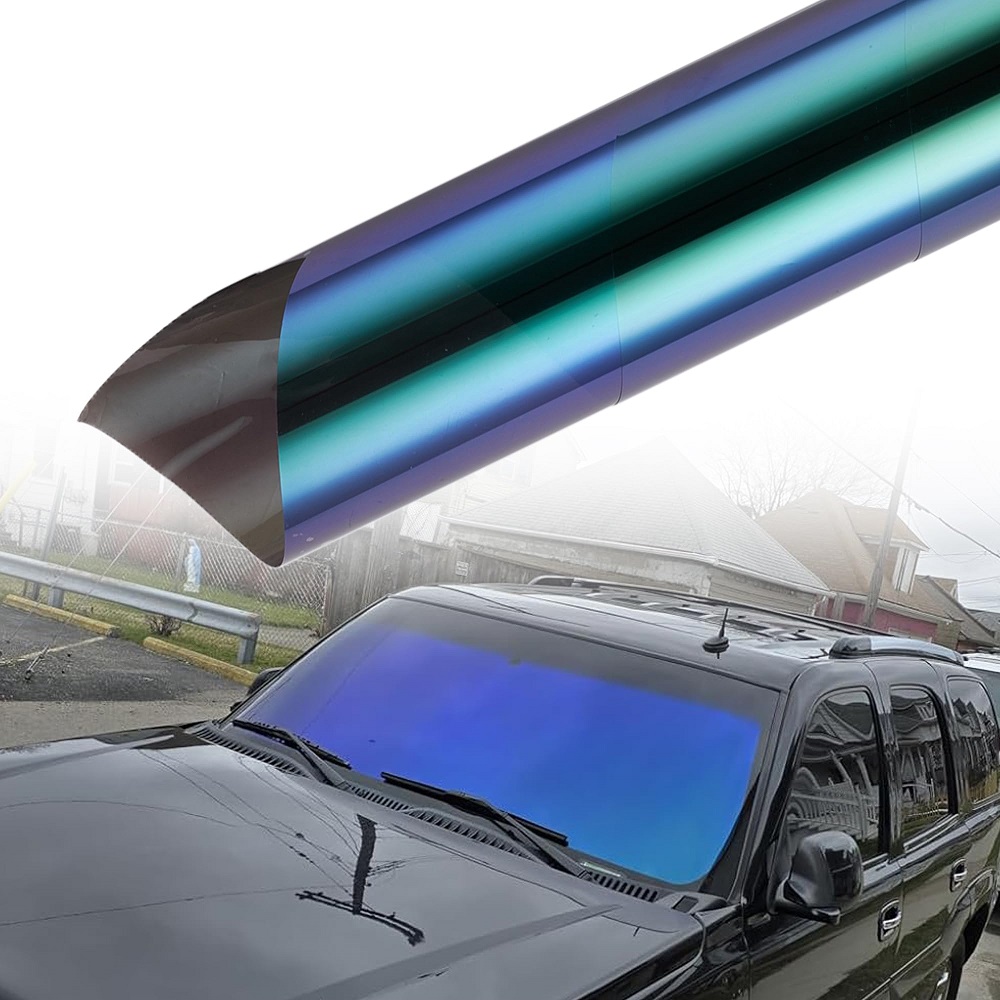
Deciphering Window Tint Percentages
1. Understanding Tint Percentage
The Basics of Light Transmission
Window tint percentages are a measure of visible light transmission (VLT), representing how much light can pass through the tinted window film. For instance:
- 15% Tint: This means that only 15% of the visible light can pass through the window, blocking 85% of it. This provides a darker look and significantly reduces the amount of sunlight that enters the vehicle.
- 20% Tint: Conversely, a 20% tint allows 20% of visible light through, blocking 80%. While still considered dark, it permits a bit more light into the car compared to a 15% tint.
2. Visual Comparison
The Aesthetic Impact
One of the most apparent differences between 15% and 20% tints is the visual appearance of the tinted windows.
- 15% Tint: This level of tint appears significantly darker, enhancing the vehicle’s sleek look and providing a more pronounced privacy effect. It can create challenges for visibility, especially during nighttime driving, requiring additional caution. The darker shade can give your car a more aggressive look, which is desirable for many enthusiasts.
- 20% Tint: While slightly lighter, a 20% tint still offers a stylish profile and privacy but is marginally easier to see through, especially at night. This may be a suitable compromise for those who want a balance between aesthetics and visibility. The lighter shade also provides a more understated and elegant appeal, particularly for sedans and professional vehicles.
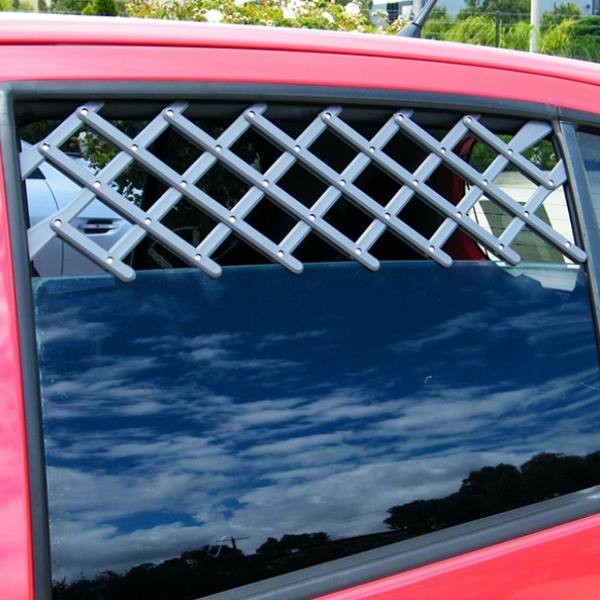
Legal Considerations
1. Understanding Local Tinting Laws
Varying Regulations
Different states and countries have varying regulations governing the acceptable levels of window tint. Educating yourself about local laws is vital to avoid fines or penalties.
- 15% Tint Regulations: In some regions, 15% tint might be considered too dark for front windshields or driver-side windows. If caught using a tint that is too dark, the driver may be subject to legal consequences, including fines.
- 20% Tint Regulations: A 20% tint is often more permissible across various jurisdictions, as it frequently falls within the legal limits for front and rear windows. However, it is still essential to check and follow local regulations, as they can vary significantly.
2. Certificate of Compliance and Installation
Prioritizing Quality and Legitimacy
Always ensure that your window tinters provide a certificate of compliance confirming that the installation meets local regulations. This step can save you considerable hassle should law enforcement conduct a routine check on your vehicle.
- Professional Installation: Opting for a professional installation can help ensure that you adhere to regulations and receive high-quality work. Poorly installed tint may bubble, peel, or degrade over time, leading to a less desirable appearance and potentially violating local laws.
Pros and Cons of 15% and 20% Window Tint
1. 15% Window Tint
Benefits
- Enhanced Privacy: With only 15% light transmission, privacy is significantly enhanced, making it tougher for outsiders to see into the vehicle. This feature is particularly appealing for those who transport valuables or simply want to enjoy their personal space.
- Superior Heat Reduction: Darker tints can block more infrared and UV rays, leading to lower interior temperatures and reduced heat buildup, ultimately protecting passengers and vehicle upholstery from fading.
Drawbacks
- Visibility Concerns: The darker shade may reduce visibility while driving, especially at night or during rainy conditions. This factor makes it essential for drivers to exercise caution and adapt their driving habits accordingly.
- Legal Restrictions: As noted, many jurisdictions restrict the allowable tint percentage on front and driver-side windows, which could lead to potential legal issues.
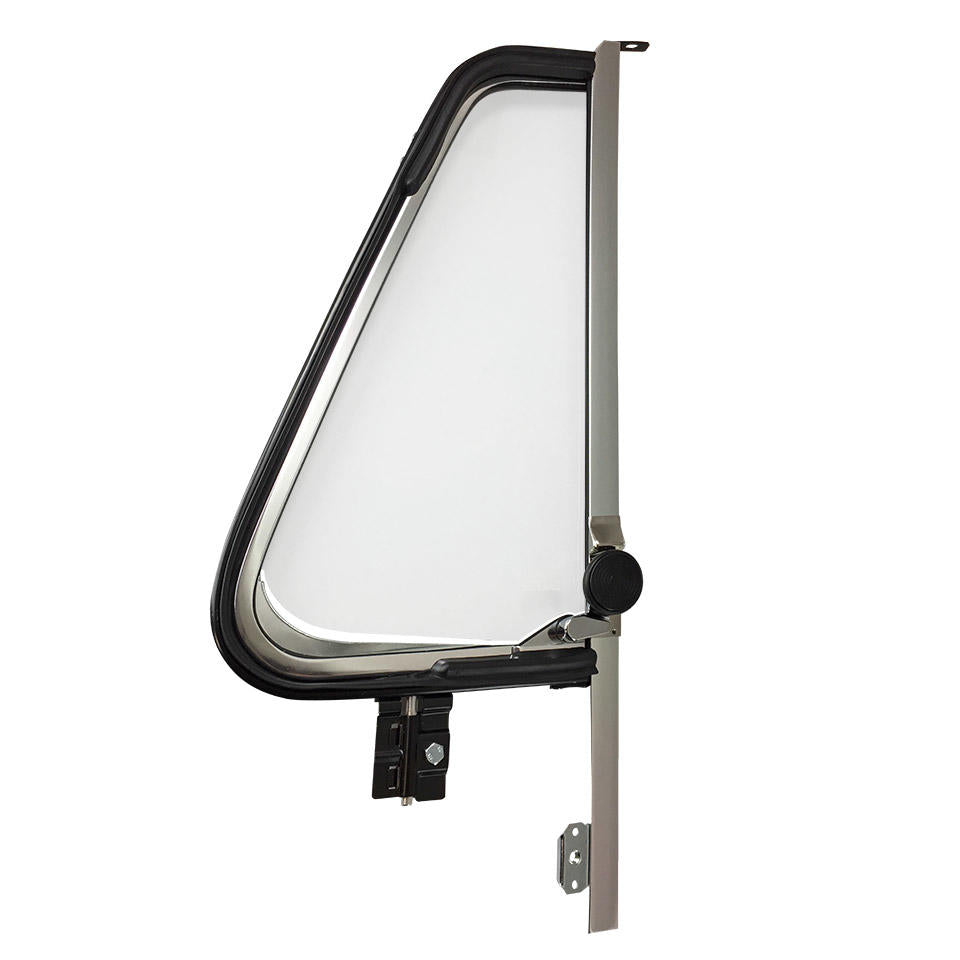
2. 20% Window Tint
Benefits
- Balanced Aesthetic: With a slightly lighter tint, the 20% option strikes a balance between a sleek look and functionality. It offers style while also providing decent privacy and heat reduction.
- Increased Visibility: The marginally lighter density of 20% allows for better visibility during nighttime driving, providing a safer experience.
Drawbacks
- Less Privacy: While still providing a good level of privacy, the 20% tint is less effective than 15%. Those seeking maximum confidentiality may find this tint less satisfactory.
- Moderate Heat Reduction: Compared to a 15% tint, the heat reduction and UV protection will be slightly less, potentially allowing more heat to infiltrate the vehicle during peak sunlight.
Choosing the Right Tint for Your Vehicle
1. Personal Preferences and Lifestyle
Assessing Your Needs
When contemplating whether to choose a 15% or 20% window tint, take time to evaluate your lifestyle and personal preferences.
- Everyday Use: Think about your daily driving patterns. If you frequently drive at night or in areas with heavy traffic, a 20% tint might be the better choice for maintaining visibility while still looking stylish.
- Privacy Requirements: If your concern is primarily about privacy, especially if you have passengers who value their personal space or if you transport valuables frequently, a 15% tint will offer superior protection.
2. Intended Use of Your Vehicle
Tailoring Choices to Activities
Consider how you will use your vehicle when selecting the tint level.
- Leisure Vs. Commuting: If your vehicle is intended more for leisure trips or social outings, the additional privacy and heat reduction of a 15% tint may suit your needs better. On the other hand, if your primary use is commuting to work or running errands, you may lean toward a 20% tint that offers a balance of style and functionality.
3. Consult Professionals
Seeking Expert Advice
If you are still uncertain about which window tint is right for your vehicle, consider consulting with professionals in tinting services.
- Examine Samples: Professionals can help you see how both tints look on actual vehicles. Gaining a realistic perspective can aid you in making an educated decision based on your preferences and requirements.
- Consider Local Legislation: Professional window tinting services are generally well-versed in local regulations, allowing them to recommend the best options to ensure compliance while maximizing aesthetics and performance.
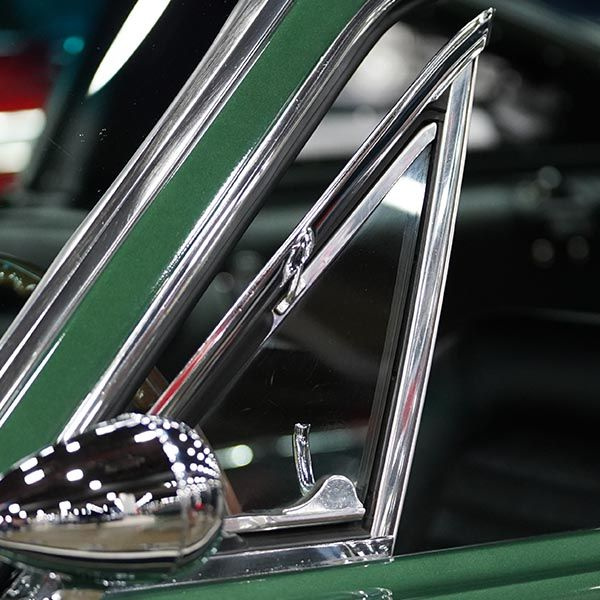
The Impact of Window Tint on Your Car and Comfort
1. Temperature Regulation
Control Over the Environment
One of the primary benefits of window tint is its ability to regulate temperatures inside the vehicle, improving comfort for drivers and passengers alike.
- Reduced Heat Gain: Tinted windows can significantly reduce heat gain during hot days by blocking out a considerable percentage of solar energy. This, in turn, helps to maintain more comfortable interior temperatures, reducing reliance on air conditioning and improving fuel efficiency.
- Faded Interior Protection: Regular exposure to UV rays can cause upholstery and dashboard materials to fade and deteriorate over time. A proper window tint serves as a protective barrier against these harmful effects, extending the life of your vehicle’s interior.
2. Enhanced Security
Deterrence of Theft
Window tint can enhance both personal privacy and vehicle security.
- Decreased Visibility: Tinted windows make it difficult for outsiders to peer inside, helping to deter theft. This is especially valuable for individuals who frequently leave valuables in their cars.
- Increased Difficulty in Breaking In: Tinted windows can make breaking in more challenging. The added layer of film increases the integrity of the glass, possibly slowing down an intruder’s efforts and deterring theft.
3. Aesthetic Appeal
Styling Your Vehicle
Aside from its practical benefits, window tint also enhances the aesthetic appeal of your vehicle.
- Cohesive Look: A well-executed window tint contributes to a cohesive appearance, blending seamlessly with the vehicle’s overall design. Many car owners love the polished look that high-quality tints provide.
- Customizing Your Ride: Choosing the right tint allows you to express your style while personalizing your vehicle. Whether you want a sleek, aggressive look or something more classic, window tint can help condition that aesthetic.
Conclusion: Making the Right Choice for Your Vehicle
Evaluating Your Options
In conclusion, selecting the right window tint comes down to considering various factors, including personal preferences, practical needs, aesthetic desires, and legal restrictions. The choice between a 15% and a 20% tint can significantly affect your driving experience and how your car feels on the inside.
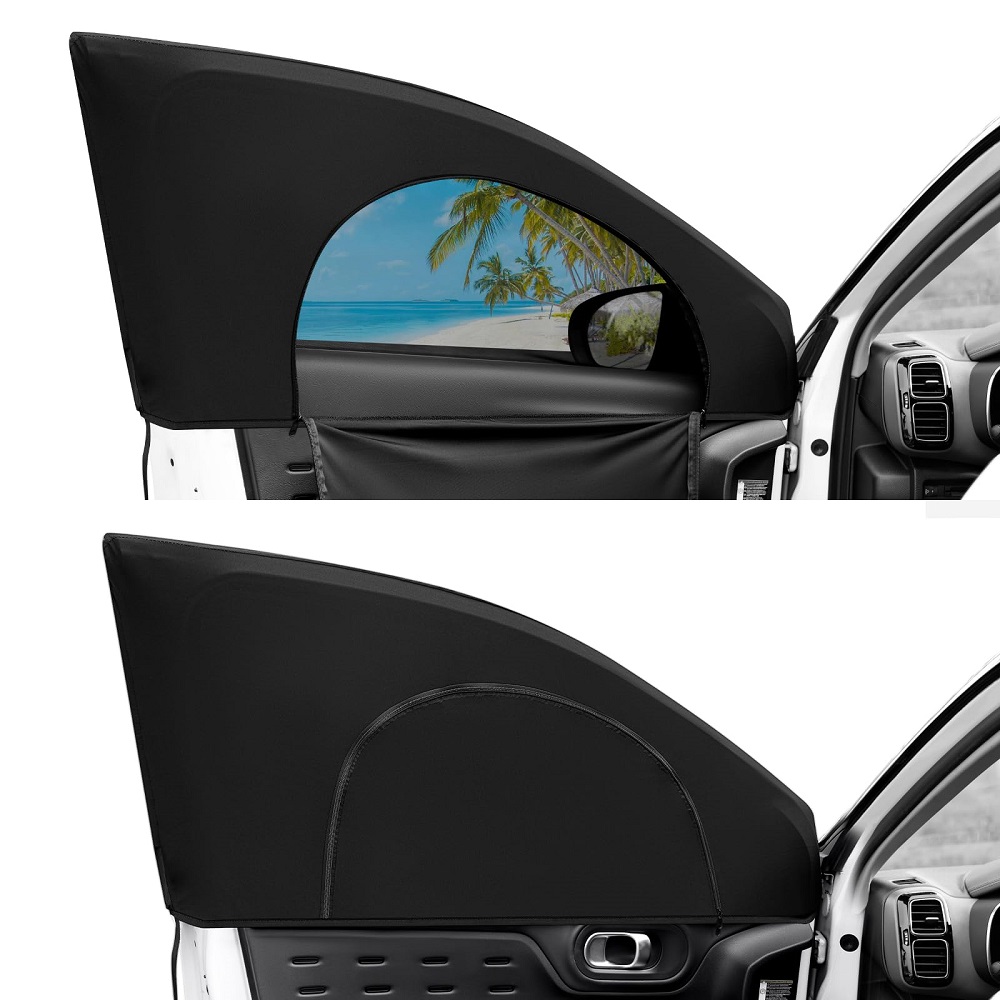
Prioritize Comfort and Safety
While aesthetics are essential, prioritizing comfort, visibility, and safety should remain key considerations. Understanding the distinctions between different tints will empower you to make an informed choice that aligns with your lifestyle and driving habits.
Enjoying Your Upgraded Ride
No matter which tint level you choose, the benefits of enhancing your vehicle through window tinting extend far beyond surface-level appeal. It’s important to consider the car window tinting legal limits in your area to ensure compliance. The improvements in comfort, security, and overall style can transform the experience of being behind the wheel. Embrace the journey, enjoy the enhancements, and take pride in riding in a vehicle that showcases your unique taste while ensuring a more enjoyable and comfortable ride for years to come!
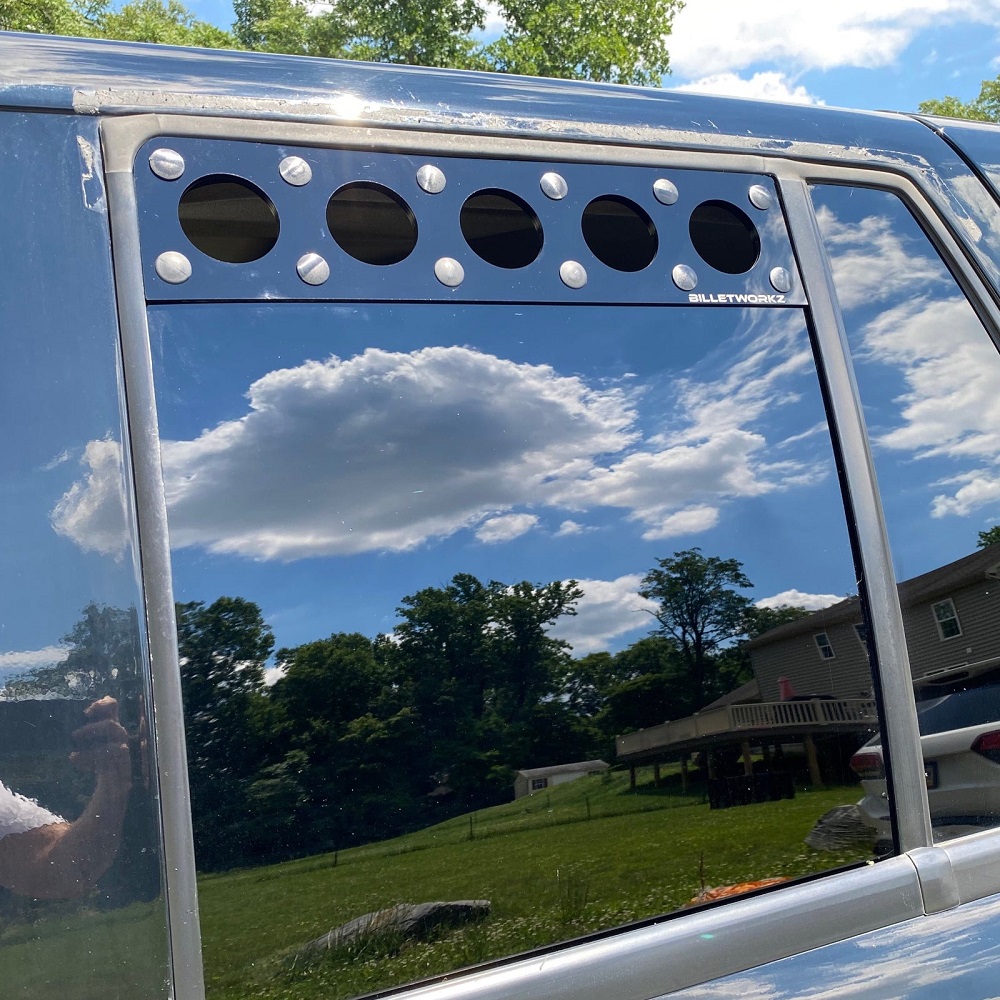
Leave a Reply